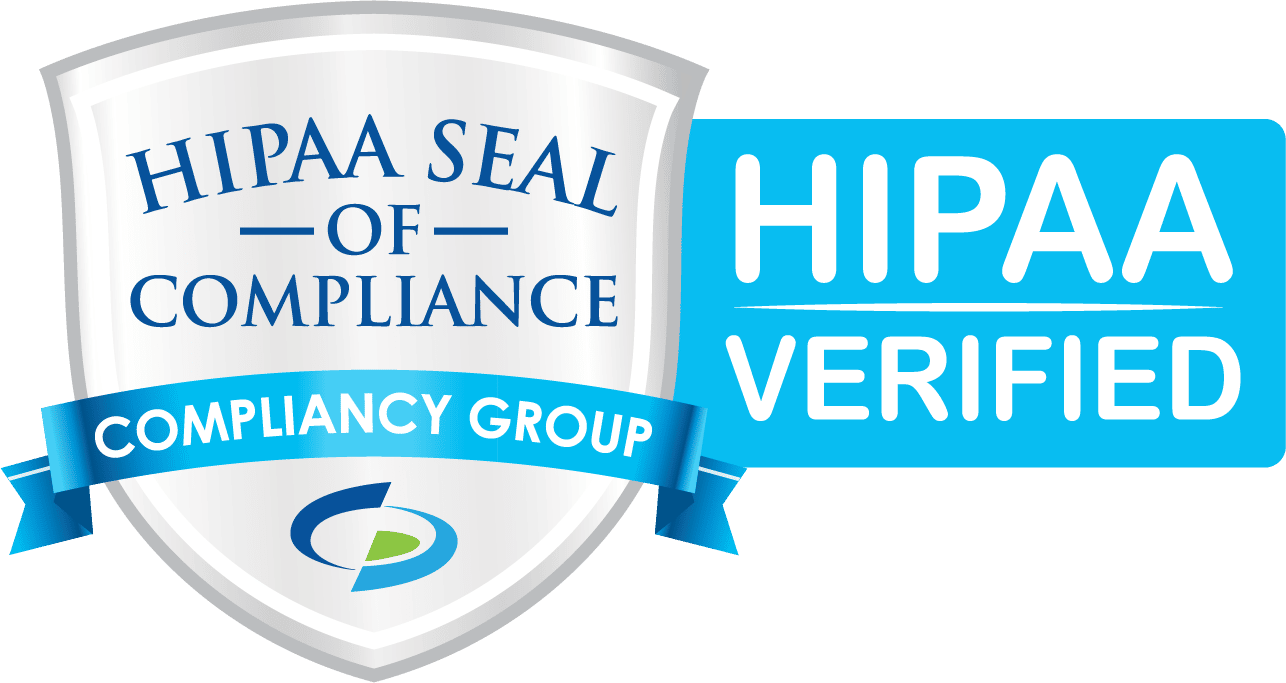What is Myopia?
Myopia, more commonly referred to as nearsightedness, is an epidemic that is on the rise. It is primarily linked to two factors:
Genetics:
A child with one myopic parent has a 1 in 4 chance of becoming myopic. The risk increases to a 1 in 2 chance if both parents are myopic.
Lifestyle:
Children who spend more time on activities like reading or using handheld devices instead of spending time outdoors are more likely to become myopic.
In the US, diagnoses of myopia in children have doubled over the course of just a single generation.
What’s worse, researchers now predict that by 2050 the incidence of myopia will increase by a further 40% over today’s epidemic levels of occurrence. This would translate into almost 60 million kids under the age of 17 suffering from myopia.
As parents, it is alarming to see our child’s vision deteriorate every year. Parents who remember getting glasses themselves feared it was just a matter of time before their children needed them too. But the rate and severity of myopia is growing so significantly, that researchers believe there are other contributing factors beyond genetics.

What Are The Risks of Becoming More Myopic?
Age: Rate of myopia onset is associated with age, with onset at younger age leading to a higher risk of developing Myopia.
Parent’s Myopia: There isn’t a definitive hereditary association but research has shown that there is a greater risk of myopia development if parents are myopic.
Prescription Changes: If your child’s prescription makes a large change, myopia will likely continue to change with age.
Close Work: The risk of myopia progression is usually higher the more the child reads and does near work.
The Dangers of Myopia
We once believed the worst part of Myopia was declining vision and stronger glasses. We now know there’s more to worry about than thickening glasses.
It is clinically proven that more severe myopia leads to a significant increase in the risk of more serious eye diseases later in life. Diseases such as macular degeneration, retinal detachment, cataracts, and glaucoma, which can all lead to blindness.
Until recently, researchers believed that only severely advanced cases of Myopia could be blamed for patients developing severe eye diseases. Recent studies confirmed an increase in the risk of more serious eye diseases from any amount of myopia.
This has lead researchers to believe that no amount of myopia is safe.

MiSight Lens Program
MiSight's lens design slows down eye growth, reducing myopia progression while allowing children to see clearly at the same time. These innovative lenses are worn like daily disposable soft contact lenses that are used by teens and adults, and have been proven to be very safe for use by children.
Lenses are Child-friendly
Some parents worry that their children won't be able to manage contact lenses, however, we find most children adapting to handling and wearing lenses quicker than adults! In a recent study, over 90% of children said they preferred wearing MiSight lenses to wearing their glasses. They found MiSight comfortable to wear and enjoy clear vision for all everyday activities.
As daily disposables, MiSight therapy lenses offer significant benefits in eye health and convenience. Because they are simply worn once and then thrown away, there are no complicated cleaning and disinfecting routines involved and so the risk of eye infections is lower than any other replacement type.
Interested in learning more?












